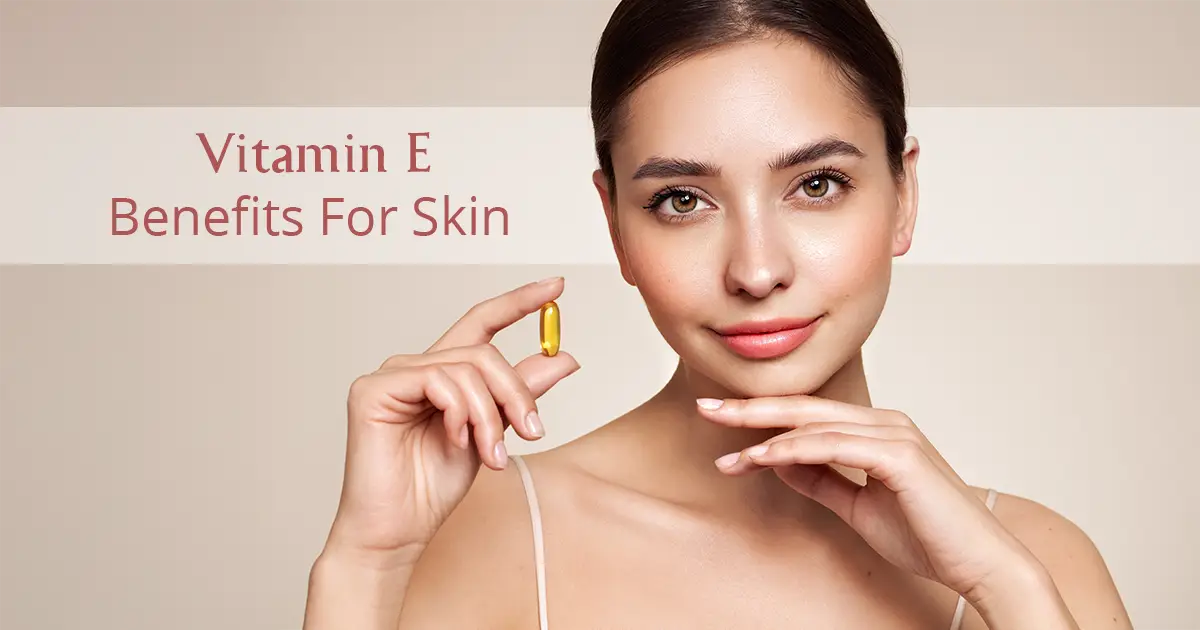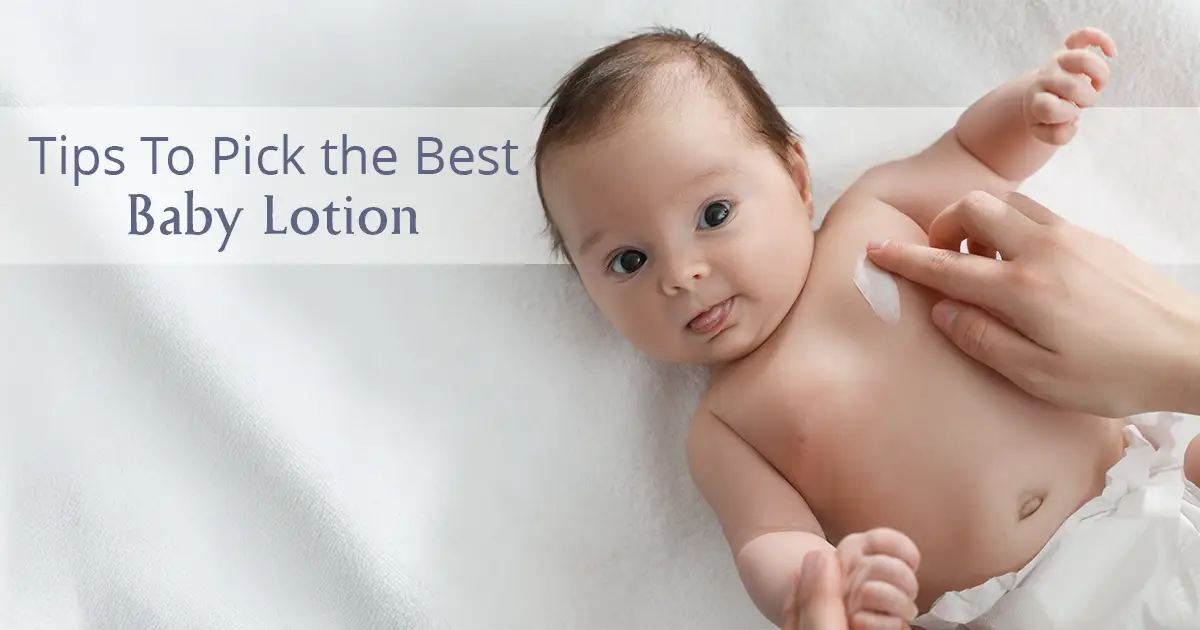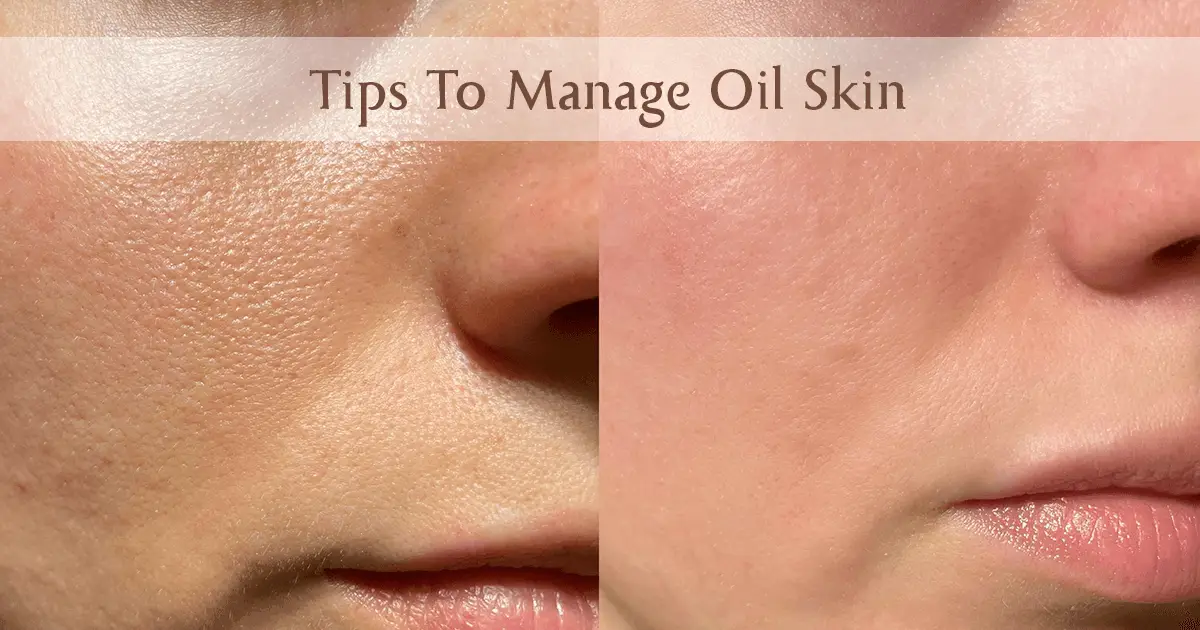
Cytotoxicity

What Are Dermal Fibroblast Cells & Why We Use Them?
How We Test The Cytotoxicity Of Our Products?

Inducing Irritation In The Cells

The first step involves inducing irritation in the cells by exposing them to Sodium dodecyl sulfate (SDS). SDS is an anionic detergent that acts as an irritant and rapidly disrupts the cell membrane,stopping various cell functions that keep it alive. Simultaneously, we introduce the test product & a cell media containing essential growth factors to another set of dermal fibroblast cells. With exposure to the test product, the cells may or may not undergo similar events that occur in the first step. We’ll confirm that by tracking the viability of these cells in both cases.

Tracking Cell Viability Post-treatment

Cell viability refers to the number of healthy and live cells in a particular sample. Healthy and viable cells with an active metabolic function turn the yellow dye to purple. On the contrary,the dead cells will not take up any stain, helping us to differentiate between the two. Ideally, the cell viability in the case of the test product should be way higher than SDS.
What's The Final Result?
Pick From Our Range Of Tested Cytotoxicity Products Now
Blog
Product Related Topics







